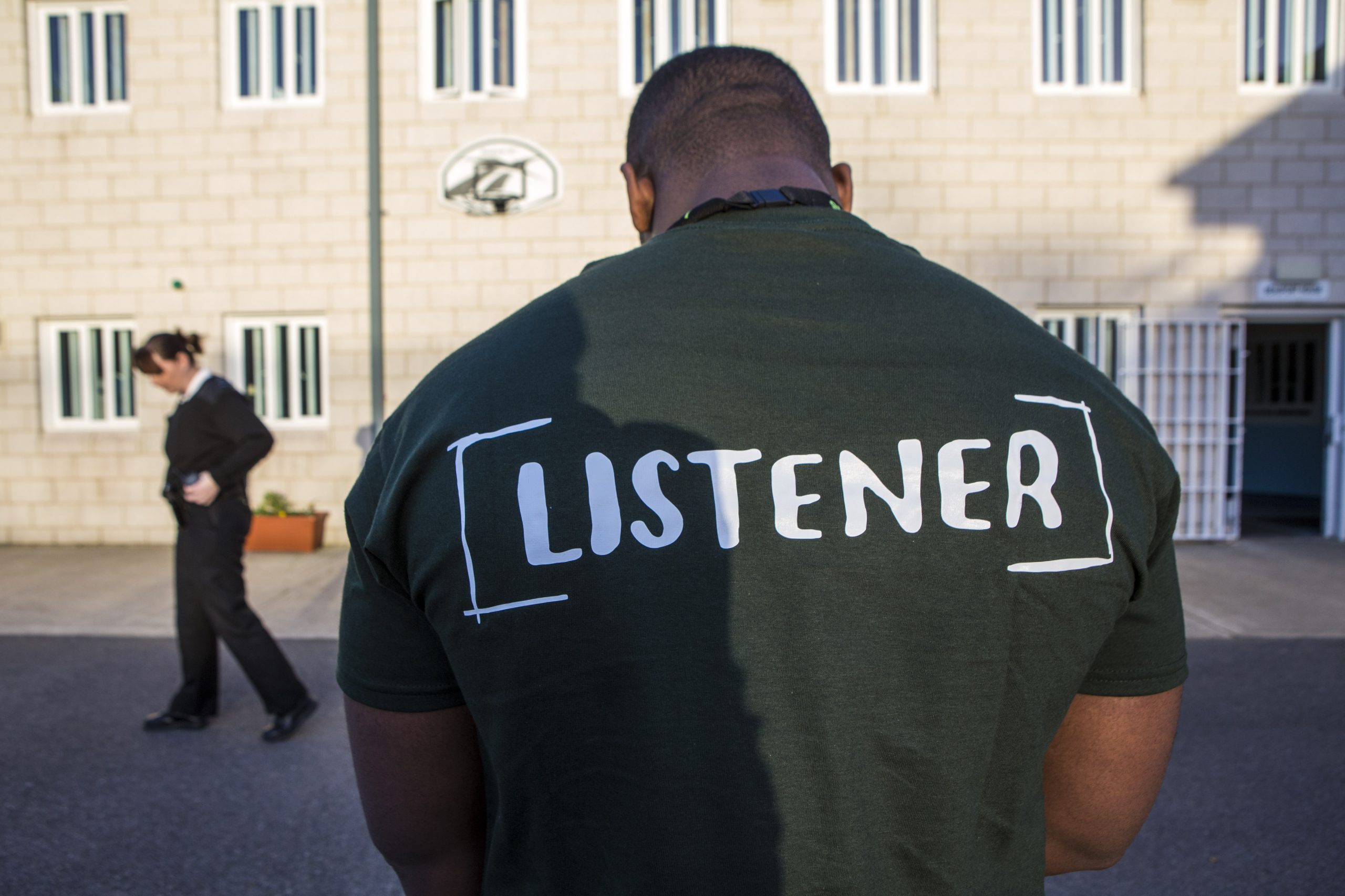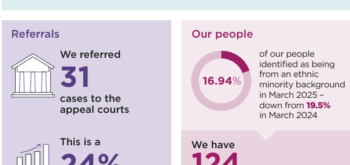A Chronicle of Deaths Foretold

Photos by Andy Aitchison, ©Prisonimage
In this blog post I am going to discuss the issue of deaths in custody, especially cases where prisoners have taken their own lives and I apologise in advance if some readers find these subjects distressing. I know that I do. In the specific case that I deal with towards the end of this post I have been careful to withhold details that might lead to the identification of one particular young man – someone I knew personally – in order to protect his family. Details of this case are particularly graphic and involve a violent sexual assault, so please be warned before reading further. This article first appeared on Alex’s blog Prison UK here.
Amid the escalating crisis in our dangerous, dysfunctional prisons the death toll continues to climb. Recent figures issued by the Ministry of Justice (MoJ) indicate that by August 2016 a total of 321 people had died in our prisons in England and Wales – up 30 percent over a 12-month period.
Of course, not all those deaths are self-inflicted. As our prison population ages due to a combination of longer sentences, more lifers and a rising number of very elderly men in custody (often imprisoned for historical sex offences), we will inevitably see more deaths from natural causes such as old age or as a result of deteriorating health due to advancing years. In some cases, as inquest juries have ruled, inadequate healthcare in prisons may have played a contributory role in hastening death.
Then there are deaths in custody in which the use of illicit drugs – particularly so-called new psychoactive substances (NPS) such as Spice and Black Mamba – may also have been a factor. Possession of NPS in prisons and the trafficking of these drugs into prisons have only been criminal offences (rather than disciplinary issues) since May of this year.
Recently, there has been a much-needed focus on deaths in custody. At the end of last week the Prisons and Probations Ombudsman, Nigel Newcomen, announced during a speech he delivered that such drugs had played a role in at least 58 deaths in prisons in England and Wales over a three-year period between June 2013 and June 2016. In some cases inmates have taken their own lives due to enormous debts run up to other prisoners for the supply of NPS and other drugs, in other incidents fatalities had been caused by violence linked to the drug trade.
However, in this particular post I want to focus particularly on the issue of suicide in custody. Self-inflicted deaths in our prisons are now at their highest level for eight years. In the 12-month period between June 2015 and June 2016, a total of 105 prisoners had taken their own lives in jails in England and Wales.
Some establishments have much worse records than others. For example, at HMP Woodhill near Milton Keynes, there have been eight deaths in nine months, the most recent a death by hanging at the end of August. Not every case at this prison was self-inflicted.
Some prison staff and reform campaigners blame the marked fall in the number of frontline officers for the rising death toll. For example, earlier this month the governor of Glen Parva Young Offenders Institute in Leicester, Alison Clarke, told a coroner’s inquest into the death of a 19-year old that she simply did not have enough staff to keep prisoners in her custody safe. She told the jury that a “lack of resources from the Ministry of Justice” prevented her from keeping inmates safe from self-harm and suicide – a particularly shocking admission.
However, there are also serious questions about whether proper measures are taken when inmates are believed to be at risk of self-harm or suicide. At a separate inquest earlier this week, a jury hearing evidence about the death by hanging of New Fathers 4 Justice activist Haydn Burton at HMP Winchester in July 2015 concluded that prison staff “more likely than not” had known that Mr Burton had made a noose in his cell before he took his own life, yet appropriate action in line with national procedures was not taken. The jury verdict was particularly damning of failures at the prison. As the coroner noted, this was just one of the four deaths at HMP Winchester during 2015.
It has been clear for years that the Prison Service is in deep crisis. Too few frontline staff to run prisons safely, ill-advised MOJ policies that have seen experienced prison officers pensioned off, poor recruitment and worse retention levels of new staff, some of whom simply don’t last long in post because they can’t cope with the lousy 0conditions or the stress of the job. When you add serious overcrowding at many prisons into the toxic mix, the results can be explosive and tragic.
Yet, these are not the only contributory factors behind the rising death toll in our prisons. How many grieving families are going to be told that their loved one will only be coming home in a coffin? How many kids left without a parent or grandparent, or an older brother or sister? How many parents will have to bury their own child?
That question is really for you, Liz Truss. You have previously said publicly that you believe that prison should be – and I quote – ‘tough, unpleasant and uncomfortable’. Should that also include an unspoken death sentence due to negligence or staff shortages?

A cell at HMP/YOI Portland. ©prisonimage
Please only read the following paragraphs if you are prepared to be made very angry as a result of institutional callousness, negligence and failure to provide appropriate care to the most vulnerable in our prisons. All names have been changed, but the facts are exactly as I witnessed them.
Tom was barely out of his late teens. He was on recall at a Cat-B local as a result of getting into a fight with a family member while he was on licence after an earlier stint in a YOI. When he appeared on a wing of about 180 adult men, he looked about 15. He was very quiet and slight of stature. He knew no-one at the prison and spent much of his free time leaning on the handrail looking up and down the landings of the vast Victorian pile.
Within a few days, Tom had run out of money. He was a heavy smoker, one of the ways he tried to control his anxiety and stress. He ran out of rolling tobacco and was reduced to begging pinches of ‘burn’ or dog-ends around the wing with the promise that he would return the favour on the next canteen day. It’s the oldest story in the book and the prison equivalent of “the cheque is in the post”. There are generally few takers for these hard luck stories.
Such vulnerability does not go unnoticed in our prisons. These situations provide valuable business opportunities for the unscrupulous and predatory low lifes that can be found on almost every wing.
A ‘friendly’ fellow inmate in his 30s, a married man with his own kids and serving a long sentence for drug offences and violence, ‘befriended’ Tom and offered him small amounts of tobacco and other luxuries such as instant coffee. Needless to note, these were not gifts. Despite warnings from his older cell-mate who tried to offer him advice and support, Tom continued to associate with the man who was supplying him with goods on tick.
Predictably, Tom missed his first repayment deadline on canteen day. No problem, he was assured, although of course the interest due would have to increase to take account of the delay and the risk he might be transferred to another jail. Tom agreed readily and left his creditor’s cell with a small bag of coffee – added to the rising debt, naturally. This is a scenario that plays out in every prison in the land, whether it involves tobacco, coffee or drugs.
Eventually – and inevitably – Tom couldn’t make repayments. He had a prison job that paid around £8 a week and his family wasn’t in a position to send him much money. The debt quickly spiralled out of control. Then things started to turn nasty.
Tom started to hide from his creditor in other cells during association periods. He tried to avoid the man during ‘free-flow’ – the times when prisoners are out of their cells and are being escorted to and from work or education.
Of course, wing tobacco and drugs barons rarely get their own hands dirty. They employ thuggish minions who enforce collection of debts and hunt down deadbeat debtors. Two were duly dispatched to find Tom and bring him up to the fours (the top landing) to face the music.
There were just too few wing officers around to notice the slight, boyish figure being escorted up the staircase furthest from the office by two tattooed bruisers. He was taken up to the cell and the thugs stood guard while Tom was raped, first orally and then anally, by the man to whom he owed his debt. He had blood on his grey prison-issue jogging bottoms as he staggered back down the stairs, utterly broken.
However, that did not go unnoticed and two of us – fellow inmates, both Insiders (peer mentors) – saw that something was very wrong. We visited Tom in his cell, but he wasn’t ready to talk, except to confirm he was deep in debt.
We were sufficiently concerned to ensure that members of the wing staff were made aware that Tom was in serious trouble. I also spoke to the chaplain. Of course, we didn’t at that stage know the full story, but soon details started to circulate around the wing in whispers.
The head of residence, a female officer who had a very poor reputation among both her staff and prisoners, spoke to Tom and demanded that he tell her if he was being targeted and, if so, by whom. By now he was too terrified, desperate and ashamed to tell anyone anything other than that he was ‘being bullied’. Despite his blood-stained jogging bottoms, he didn’t tell her – or any other staff member – that he had been the victim of a very serious sexual assault. He also refused to name names. Having an aggressive female senior officer barking at him was not likely to encourage disclosure.
Tom was by now too terrified to leave his cell. He didn’t report for work and was duly downgraded from Standard level on the Incentives and Earned Privileges (IEP) scheme to Basic. His older cell-mate who had provided support and advice was moved out of their shared cell as Tom was to be punished alone. His small portable TV – rented from the prison at 50p a week – was also removed, as were most of Tom’s few personal possessions. Thoughtfully, however, the two wing officers left the coaxial cable for the television in his almost empty cell.
Tom was left on Basic for about a week, confined to his cell for around 23 hours a day. He had previously been on what is known as the ‘ACCT’ (Assessment, Care in Custody and Teamwork) monitoring system as it was suspected that he might self-harm or be suicidal when he was recalled to prison. However, that was not taken into account when he was placed on Basic.
During association periods Tom remained locked in his cell. He was often unable to shower or even telephone his family on the wing pay phones as duty officers sometimes ‘forgot’ to unlock his door. Nevertheless, his creditor – the rapist – could be observed hovering around outside his locked cell warning him through the observation window to keep silent about his ordeal or face much worse punishment for ‘grassing’.
Tom died alone in his cell. After the evening roll check on a warm summer night he rigged up a makeshift gallows by tying his little table to the top bunk using torn bedsheets. He used the TV coaxial cable to make a noose and, just to be sure he wouldn’t survive, he also used a prison razor blade to cut his femoral arteries. Had he not died of asphyxiation, he would have bled out. He intended to kill himself.
is body was not discovered until the following morning roll check. We were kept locked up for most of that day, but I could see what what happening in his cell as it was opposite mine. It took the industrial cleaning team two days to clean out the cell once the police had finished making their enquiries.
That is not the end of this appalling case, however. The fact that two of us had alerted staff to Tom’s plight before his death was written out of the official record. Neither of us was interviewed by the local police. We were also not called to give evidence at the subsequent inquest many months later.
In fact, the institutional cover-up went far higher and deeper than that. Shortly after Tom’s tragic death, the man most responsible for the awful train of events was permitted by the head of residence to organise the collection among prisoners to buy a wreath for the lad’s funeral. He was then designated to read the lesson in the prison chapel during the memorial service. Finally – and most disgustingly – he was given special permission by a governor grade to write a personal letter of condolence to the dead boy’s mother in which he claimed that he had been Tom’s closest friend on the wing. If that alone doesn’t make you feel sick to your stomach, then I don’t know what will.
A day or so after the memorial service at the prison I put in an application to speak to the governor. I was called up to see a recently arrived deputy governor grade who interviewed me together with the wing governor. I explained my concerns over Tom’s death and the way in which it was being handled. During the conversation it became clear that they both knew not only that this young man had been subjected to a horrendous sexual assault, but they also knew the identity of the rapist. The wing governor named him during our discussion, not me. Yet this entire meeting was off the record. It was never mentioned at the inquest or to the police.
I was then asked by the deputy governor whether I intended to do anything further. I told them that I had already written to both the HM Inspectorate of Prisons and the Prisons and Probation Ombudsman. The two governors exchanged glances. Within a matter of days I and the other prisoner who had reported our initial concerns had both been ‘ghosted’ to other prisons. The cover-up was in full swing. Neither the HMIP or the PPO ever replied to my letters, although I have kept copies.
I heard from fellow inmates that the prisoner who had assaulted Tom was moved about a month later to a dangerous and severe personality disorder unit at a high security prison where I believe his remains to this day. However, this fact was also never referred to at Tom’s inquest.
To this day, Tom’s family are totally unaware of the true circumstances of his terrible, lonely death in custody. I have obtained a copy of the inquest report. It is a whitewash and an utter disgrace. Members of the prison staff who gave evidence told blatant lies to the coroner and the jury, although ultimate responsibility must rest with HM Prison Service. Tom was supposedly in its care and he, and his family, were let down at every stage.
In the light of recent events concerning suicides in our prisons, I now feel obliged to share this story with readers of the blog. Hopefully, I have ensured that the details given above are vague enough to prevent identification of either the prison or any of the individuals involved, other than myself. There are some things you leave behind when you leave prison. This is not one of them.






